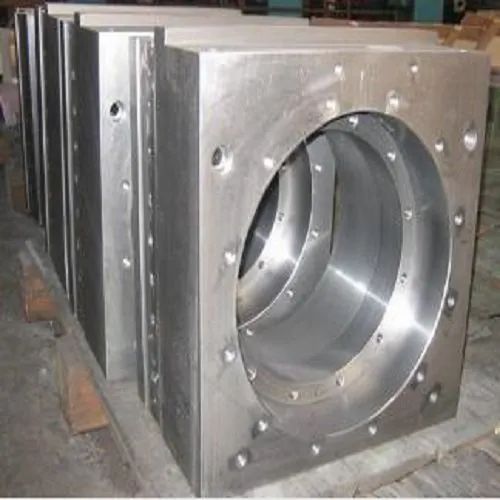Firstly, let's talk about what a rolling mill is and how it works. A rolling mill is a machine that uses a series of rollers to compress and flatten metal into a thin sheet or strip. The metal is fed between two or more rotating rollers, which apply pressure to the metal, causing it to deform and thin out. The resulting product can be used in a variety of ways, depending on the thickness, width, and shape.

Traditionally, rolling mills were quite heavy and bulky. They were designed to handle large quantities of metal and produce consistent results. However, as technology has advanced and demands have changed, rolling mills have become more compact and versatile. Short-stress line rolling mills are a perfect example of this innovation.
A short-stress line rolling mill is a rolling mill that has shortened the stress line of the rolling mill stress system. This means that the rolling process is more efficient and effective, resulting in a higher-quality end product. The reduced stress line also means that the rolling mill is more rigid, which can improve the durability and longevity of the machine.
One of the benefits of short-stress line rolling mills is that they are lightweight and compact. This makes them easy to install in smaller workshops or production facilities. They are also more energy-efficient than traditional rolling mills, which can save money on operating costs.
Another advantage of short-stress line rolling mills is that they can improve the performance of the rolling mill. Since there is less stress on the machine, it can run at a higher speed, produce more consistent results, and handle a wider range of metal types and thicknesses. This makes the rolling mill more versatile, allowing it to be used for a variety of applications.
Finally, short-stress line rolling mills are compatible with vintage rolling mill technology. This means that older rolling mills can be retrofitted with the latest short-stress line technology to improve their performance and extend their useful life. Vintage rolling mills have a charm and character that is hard to replicate with newer machines, and the ability to improve them with advanced technology is a significant benefit for craftsmen and metalworkers who appreciate the value of tradition.
In conclusion, short-stress line rolling mills represent a significant innovation in the metalworking industry. They offer improved rigidity, reduced weight, and enhanced performance, making them a valuable tool for manufacturers and craftsmen alike. Additionally, they are compatible with vintage rolling mill technology, ensuring that the tradition of metalworking will continue to thrive in the modern era.